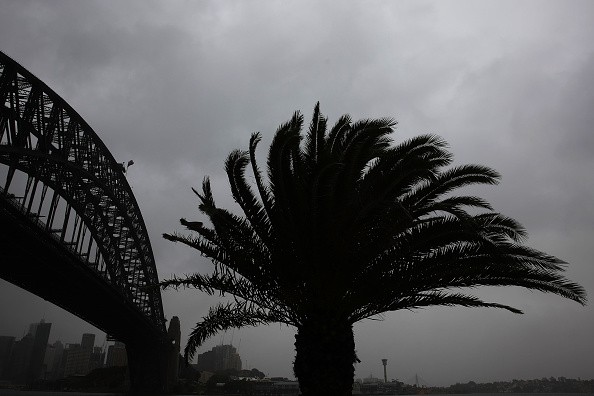
The 2015 hurricane season in the Pacific area ended almost two months ago in November. This year's period is not expected to begin until June. However this fact has not prevented Hurricane Pali from threatening to ravage Hawaii.
Pali, which was initially classified as a category 2 hurricane last January 12, has charted sustained winds at a worrying 100 mph moving towards the equator. According to insiders, the odd hurricane is caused by the recent severe El Nino that has ravaged areas near the equatorial Pacific Ocean. Pali has since set a record for inching closest to the equator as any other cyclone formed in the Northern Hemisphere.
"We generally don't see systems this far south. There are no records of any systems crossing the equator " Bob Burke, a meteorologist from the National Weather Service.
Hurricane Pali's approach to the equator is especially intriguing since it has been generally accepted that such phenomenon is highly unlikely. This is due to what is known as the Coriolis effect. The Coriolis effect generally sends storm spinning north as opposed to how Pali is going south towards the equator.
Thankfully as of January 13, Pali has been demoted to a tropical storm as it journeys even nearer to the southern hemisphere. The storm stands at a milder 65 mph and continues to move south-southwest at 9 mph.
It is predicted that Pali would continue to lose traction as it moves south. It is unlikely that the tropical storm would survive crossing the equator however should Pali be the first one to make the journey from the Northern to the Southern Hemisphere, some scientists theorize that there is a possibility for the storm to re-intensify. Furthermore, if Pali remains intact after its close encounter with the equator, it is expected to enter Howland and Bakers island by Friday and Marshall Islands by Monday.



